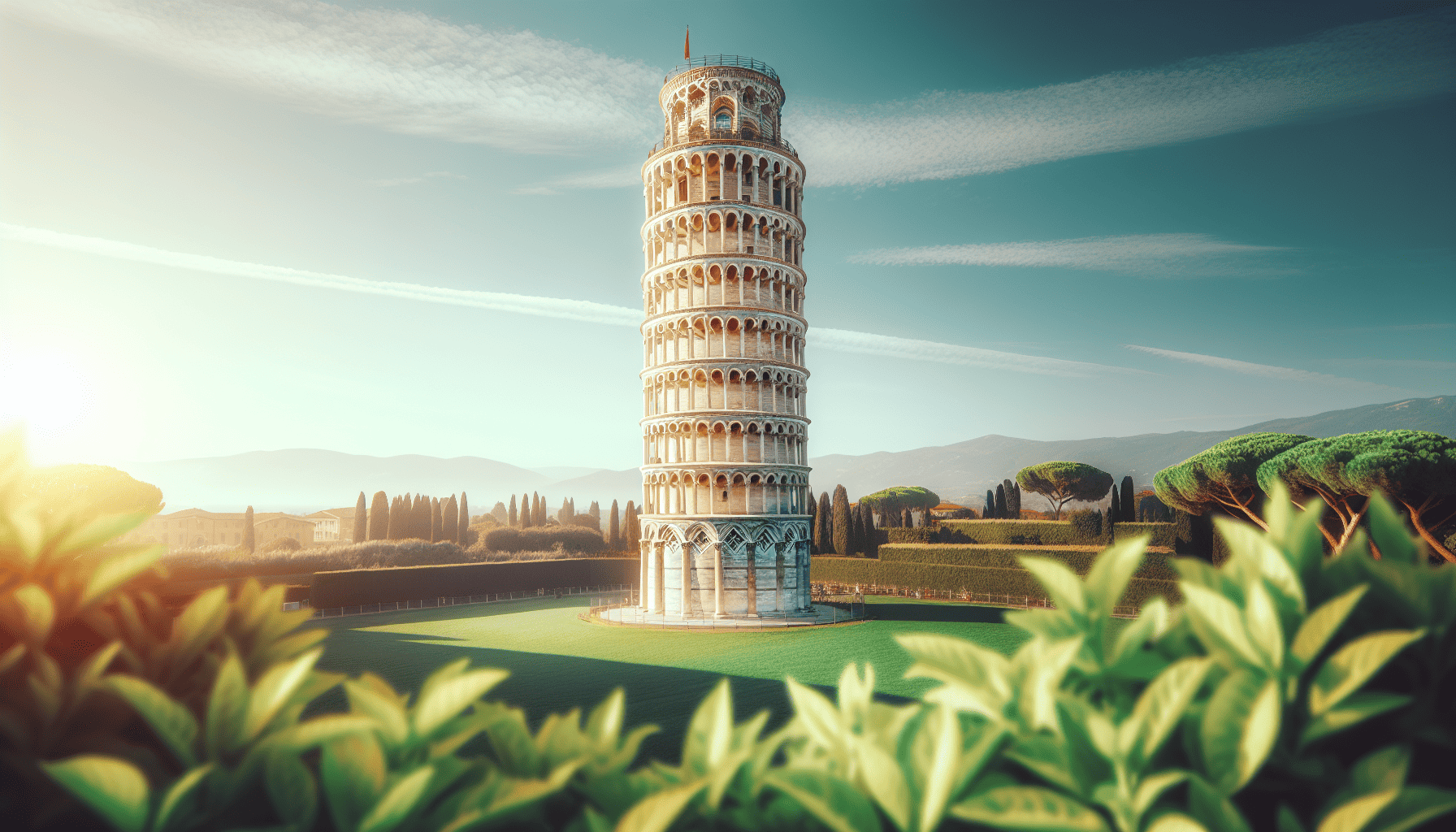The Leaning Tower of Pisa stands as an enduring symbol of architectural ingenuity and unintended imperfection, drawing visitors from around the globe. This iconic structure, known for its remarkable tilt, is nestled in the picturesque city of Pisa, Italy. Its distinctive lean, coupled with its rich historical significance and stunning Romanesque architecture, has cemented its place as one of the world's most fascinating landmarks.
Construction of the tower began in 1173 and spanned nearly two centuries, during which it slowly transformed into the masterpiece we admire today. The tower was originally conceived as a freestanding bell tower for the nearby cathedral, part of the Piazza dei Miracoli, a UNESCO World Heritage site that also includes the Cathedral of Santa Maria Assunta and the Baptistry.
From the outset, the project faced numerous challenges. Built on a foundation of soft subsoil, the tower began to tilt even before construction was completed. Engineers and builders of the time were astounded and perplexed by this unforeseen complication. Despite this, and perhaps spurred on by the challenge, construction persisted, resulting in the iconic lean that captures imaginations worldwide.
The tower's unintended tilt is primarily the result of an unstable foundation, composed of sand, clay, and water, which led to subsidence and uneven settling. Attempts to correct the lean during and after construction involved innovative engineering techniques, some successful, others less so. Over the centuries, numerous interventions were made to stabilize the structure, with some of the most effective measures implemented in the late 20th and early 21st centuries. In 2001, extensive engineering efforts reduced the tilt from 5.5 degrees to about 3.97 degrees, ensuring its stability for future generations.
Beyond its structural challenges, the Leaning Tower of Pisa is celebrated for its exquisite design. The white and grey marble used in its construction adds to its ethereal beauty, while the elegant arcades and decorative exterior elements showcase the Romanesque style prevailing at the time. The tower comprises eight stories, including the chamber for the bells, each adorned with a series of open colonnades that add to its gracefulness.
The tower's notoriety is not limited to its complex construction history or striking architectural features. It has played a pivotal role in studies related to physics and engineering, most famously when Galileo Galilei allegedly conducted experiments from its heights to illustrate the principles of gravity and motion. Although the veracity of these anecdotes is debated, they underscore the tower's prominence in scientific discourse and curiosity.
Today, the Leaning Tower of Pisa continues to captivate and inspire. It serves as a powerful reminder of human creativity and resilience, standing tall despite its initial flaws. The tower's legacy is a testament to the willingness of humans to embrace imperfection and transform it into something extraordinary — an architectural marvel that transcends time and sparks wonder in all who behold it.
